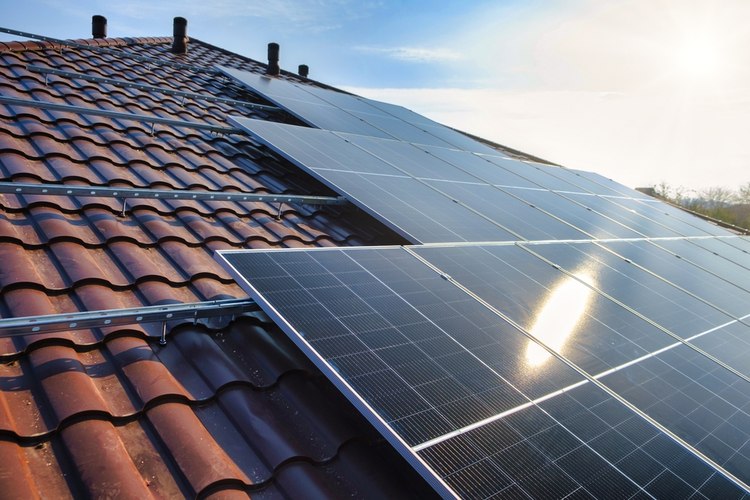Transform Your Home with Energy-Saving Solar Roof Solutions: A Complete Guide
Solar roof technology represents a revolutionary advancement in residential energy solutions, combining sustainable power generation with modern roofing materials. This comprehensive guide explores how solar roofs can transform your home into an energy-efficient powerhouse while maintaining aesthetic appeal and increasing property value.

What Is a Solar Roof and How Does It Differ from Traditional Solar Panels?
A solar roof integrates photovoltaic cells directly into roofing materials, creating a seamless appearance unlike traditional mounted solar panels. These systems replace your existing roof entirely, functioning as both a weatherproof barrier and a power generation system. The technology uses specialized tiles or shingles that contain solar cells, offering a more sophisticated and architecturally pleasing alternative to conventional solar installations.
What Are the Key Benefits of Installing a Solar Roof?
Solar roofs provide multiple advantages for homeowners. They generate clean, renewable energy that can significantly reduce or eliminate monthly electricity bills. These systems increase property value, offer excellent durability with warranties typically extending 25-30 years, and provide superior weather protection. Additionally, solar roofs qualify for various federal and state tax incentives, making them an attractive long-term investment.
How Does the Solar Roof Installation Process Work?
The solar roof installation process begins with a thorough home assessment to evaluate roof condition, sun exposure, and energy needs. Professional solar roof companies then create a custom design that maximizes energy production. Installation typically takes 5-7 days and involves removing the existing roof, strengthening the structure if needed, installing a new underlayment, and placing the solar tiles or shingles systematically.
What Maintenance Requirements Should Homeowners Expect?
Solar roofs require minimal maintenance compared to traditional solar panels. The system should be inspected annually for debris accumulation and potential damage. Most solar roof materials are designed to be self-cleaning, though occasional professional cleaning may enhance performance. Modern systems include monitoring technology that alerts homeowners to any performance issues.
What Technical Considerations Impact Solar Roof Performance?
Roof orientation, pitch, and local climate significantly influence solar roof efficiency. South-facing roofs in the United States typically generate optimal power, while east or west-facing installations can still provide substantial benefits. Shade from trees or nearby structures should be evaluated during the planning phase. Modern solar roof systems include power optimizers or microinverters to maximize energy production even in partially shaded conditions.
What Are the Current Market Options and Costs for Solar Roof Installation?
| Provider | System Type | Average Cost Range (2000 sq ft roof) | Warranty |
|---|---|---|---|
| Tesla | Solar Glass Tiles | $40,000 - $70,000 | 25 years |
| CertainTeed | Solar Shingles | $35,000 - $60,000 | 25 years |
| GAF Energy | Timberline Solar | $30,000 - $55,000 | 25 years |
| SunTegra | Solar Shingles | $32,000 - $58,000 | 25 years |
Prices, rates, or cost estimates mentioned in this article are based on the latest available information but may change over time. Independent research is advised before making financial decisions.
The solar roof market continues to evolve with advancing technology and increasing competition among manufacturers. While initial costs are higher than traditional solar panel installations, the long-term benefits, including energy savings, increased home value, and reduced maintenance requirements, make solar roofs an increasingly attractive option for homeowners committed to sustainable energy solutions.




